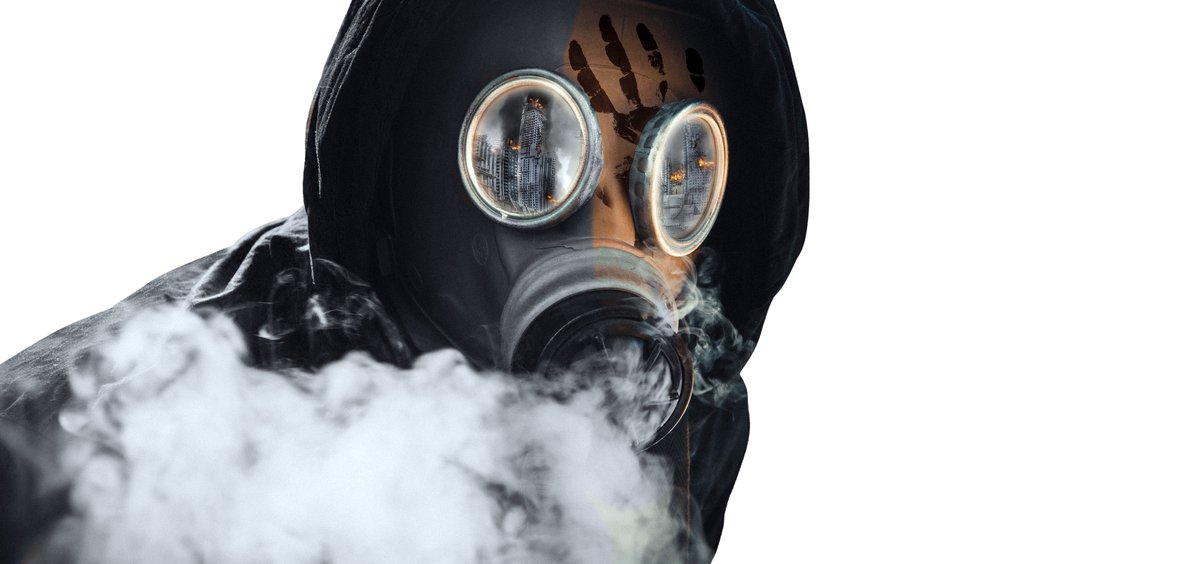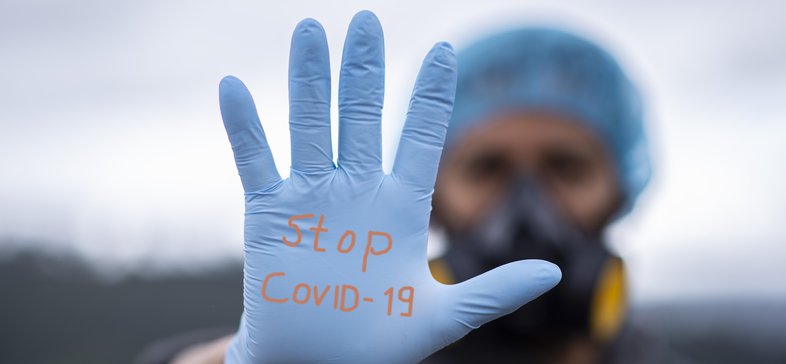I intended to write about sleep and its mysterious physiology after my last submission several months ago. Fate has supervened, though, and I’d be both deaf and blind were I inattentive to the pandemic that will define this era of our lives.
Waiting for the plunder to begin was hard enough, conflating the tedium of our immobile, interrupted lives with dread of the advancing storm. We’re in the thick of things now and physical distancing, hand washing and seclusion have become the order of our lives. Things may turn out better than we fear – perhaps not – and the carnage is mounting.
I’m taken back to the paintings and woodcuttings I’ve seen depicting the four horsemen of the apocalypse, mentioned in the Book of Revelations. War, famine, conquest and pestilence remain relevant forces still able to end the world as we know it. Artists through the centuries have rendered malevolent riders on different horses, with war riding a red horse, famine a black one, conquest a white horse, while pestilence or plague is astride a pale horse.
We’ve seen the pale horse of pestilence before, but it is in our nature to put aside and out-of-mind our frailties, the vulnerabilities that have yoked us to the tragedies of contagion through the millennia. It’s far too early to assess the dimensions of this new tragedy and our blunt, reflexive responses. The world has changed. A new and deadly malady has inserted itself into our biosphere, has shown how naked and exposed we are, how puny and naive.

Pestilence – contagious, virulent and deadly disease that is widespread – has a history as long as civilization. The Black Death killed a third of the populace of Europe between 1347 and 1351 CE, only to flare up intermittently over the next several centuries. There was no specific treatment but quarantine practices developed, initially based on multiple biblical references to the Italian quaranta, referring to the number 40, as in 40 days in the wilderness, and so on. The Venetians reckoned that airing out ships could dissipate plague-carrying vapors. As well, they forced ships to move to outlying islands. Thus were public health measures born.
Smallpox may have infected humans around the time that farmers began to domesticate animals and signs of smallpox have been found in Egyptian mummies. Repeated outbreaks carried enormous mortality, especially among children, but meant that Europeans over many years developed some resistance to this illness. New World exploration, however, meant ready transfer to Indigenous peoples, where the infection was said to race from one settlement to another faster than Spanish conquistadores could travel.
Cholera may rank third in the ranks of dread diseases. A first pandemic broke out in 1817 near Calcutta, moving overland to present day Thailand and, by sea, to Zanzibar. Another epidemic began in 1929, again in India, moving on to Russia, Europe and America. Medical students remember well that obstetrician Dr. John Snow (now often called the father of epidemiology) observed that infected water from a pump in Soho, London was at fault, recognizing cholera’s association with contaminated food and water. In 1883, the German physician Dr. Robert Koch isolated the causative bacterium, Vibrio cholerae. Subsequent outbreaks originated in Indonesia in 1961, in Peru in 1991, in Tonga in 1994, and following the earthquake that devastated Haiti in 2010.
Spanish flu caused Alberta’s first modern pandemic, though infectious illness had been a feature of life on the prairies since the fur trade. The flu ultimately killed upwards of 50 million people worldwide (more than the casualties of the WWI), including some 3,300 Albertans. Boards of health closed schools and churches; gauze masks were mandatory. Records from 1918 note 9,206 cases in the province on November 5, 1918, six days before the WWI armistice was declared. The flu waned post-armistice, only to flare-up once social isolation measures ended, but by May 1919 no cases were recorded.
To be sure, there have been other worries. Polio was a major concern until the advent of the Salk vaccine in 1953. Further outbreaks of influenza occurred in 1957 (H2N2), 1968 (H3N2) and 2009 (H1N1). Some argue that preparations for possible future outbreaks may have served Albertans well, acquainting them with social distancing, isolation and appropriate hygiene.

In a history as replete with one infectious scourge or another, we were surprised in January and February of this year to hear of new troubles, emanating from China. We were caught off guard, distracted, perhaps thinking – contrary to expert advice – that infectious illness should be a thing of the past, given the triumphs of modern medicine. Our comfort levels were misplaced, given the explicit warnings of Dr. Anthony Fauci of the National Institute of Allergy and Infectious Diseases, Bill Gates and others. Perhaps we’ve been preoccupied with other systemic troubles – the monstrous problem of climate change, our general indebtedness in a shaky financial system, the enduring issues of global hunger and inequity.
But we’re guilty and should have known better. The unholy triad of international travel, crushing levels of population density, and our predilection for animal protein has not served us well and the threat of zoonotic illness, picked up from animals, is ever present.
How have we done? While we may have flattened the curve, to some extent, our losses, already catastrophic, continue to mount and we won’t feel safe any time soon.
Kudos, extreme kudos, and heartfelt thanks accrue to the warriors in this battle: not only our brave and committed health care workers, but also the yeoman efforts of all the personnel that keep things working. Countless individuals and corporations have stepped up to help with supplies, money and other assistance as needed.
Calamity has exposed our dark sides. A profusion of hucksters proclaim special knowledge of unproven treatments, offer spurious financial remedies, sell fake test kits, and support a welter of conspiracy theories so ridiculous as to beggar the imagination. Also acting badly have been the over-confident with their intransigent devil-may-care attitudes that put us all at risk. I’d include here those few religious leaders that continue to urge members to congregate en masse, believing their special brand of worship will protect against contagion.
This is our new normal as we try to adapt, adopting insular lives no closer to one another than the two meters we’re allowed. We don’t know where we’ll end up when all is said and done, but we’re generally certain that we cannot go back to the way things were, with unrestricted social intercourse, only casual concern for our global neighbors and woeful unpreparedness.
Nations will try to be more self-reliant in the future, at the same time acknowledging their global interdependence.
We’ll favor less robust social gatherings, virtual meetings will become pre-eminent, stay-at-home entertainment will thrive and I expect a certain wariness may last forever.
The tally of our awful wreckage may never be complete, but one day we’ll see light on the other side. We’ll look round and recognize ourselves: survivors.
There will be immense relief. In my mind’s eye, I can envision groups of two or three remembering, later:
“It was bad. Very bad,” one will say.
“It was,” another will say, concurring.
There’s a pause here, in my imaginings. Perhaps they sigh.
“But it could have been worse …”
“It could have been,” they agree again, falling silent.
That’s my guess about how things might turn out, but it’s my best guess.
If we’re lucky.
Editor’s note: The views, perspectives and opinions in this article are solely the author’s and do not necessarily represent those of the AMA.
Banner photo credit: Łukasz Dyłka, Pixabay.com
